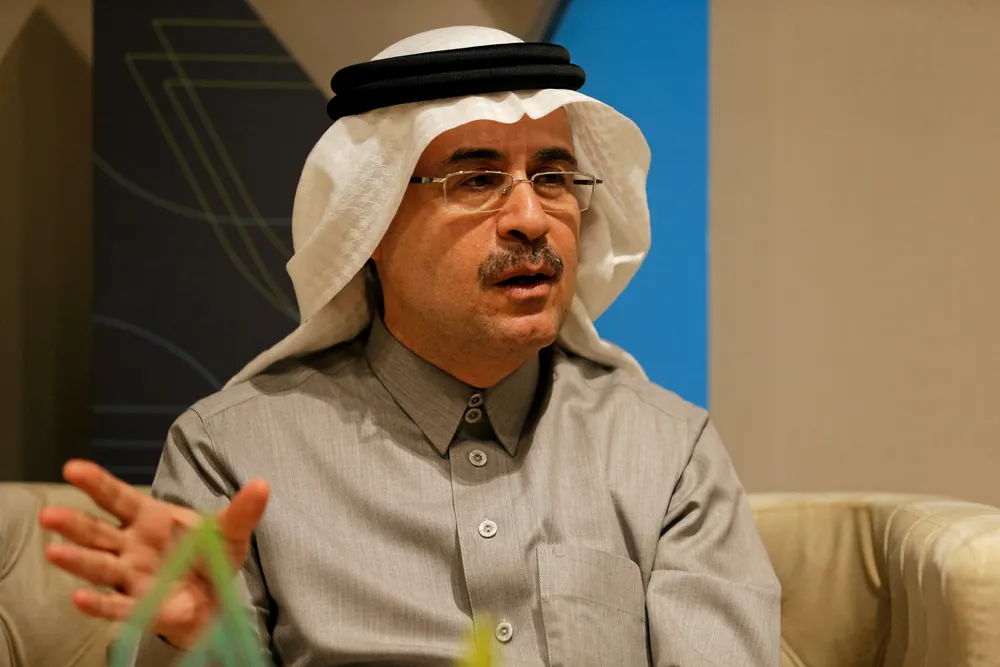As profits soar to a new high, Aramco treads a fine line on transition
Saudi Aramco’s historic earnings present a great opportunity for scaling up investments in energy transition and capacity enhancement projects

Saudi Aramco’s historic earnings present a great opportunity for scaling up investments in energy transition and capacity enhancement projects
